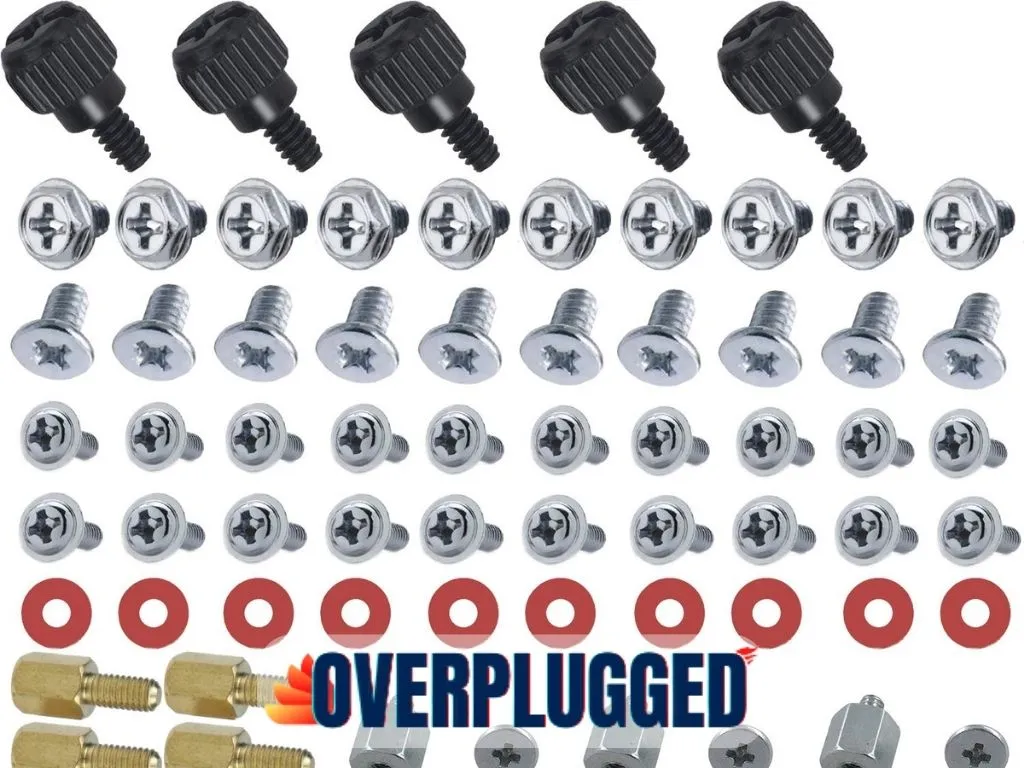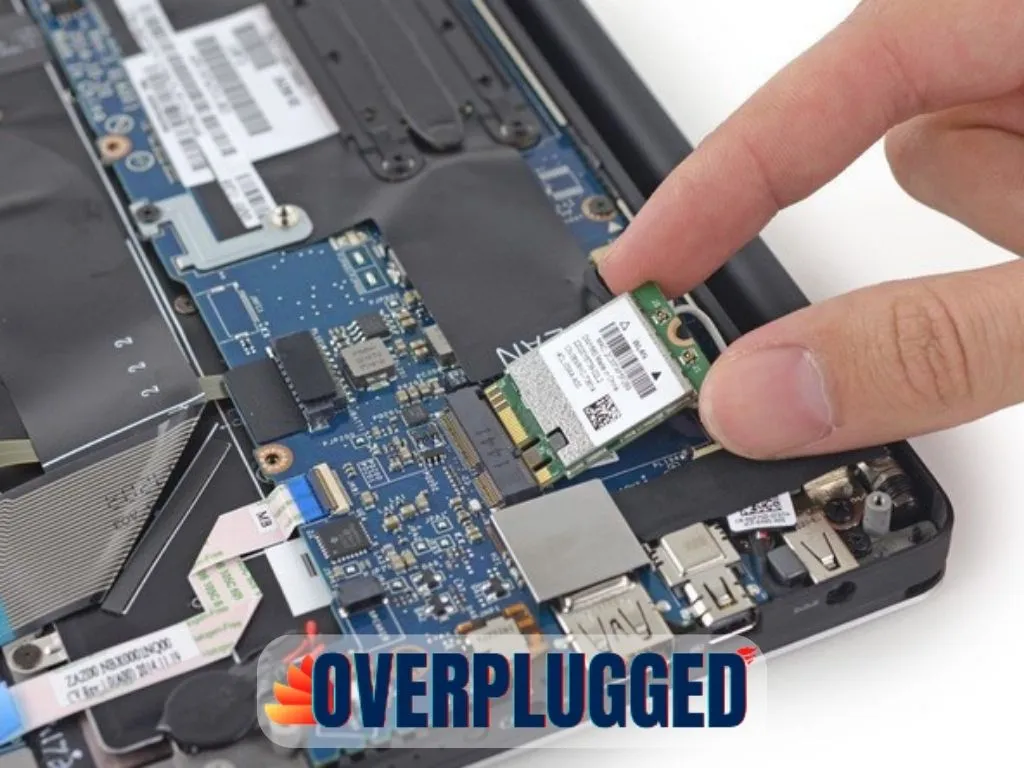What are Motherboard Standoffs | Best Guide 2023

People have been confused over the term “What are motherboard standoffs, are motherboard standoffs necessary, how many do I need.” Some people think it’s a motherboard standoff screw you can use to secure a motherboard to a chassis.
While others think that it’s a type of screw used to secure a motherboard to the back of a computer, the truth is that there is no such thing as a motherboard standoff. Still, the term refers to attaching a motherboard to a computer’s back.
Further, motherboard standoffs are essential; you must insert a standoff into the motherboard to ensure it fits correctly.
Standoffs come in a variety of types today. This includes but is not limited to: Screws, bolts, rivets, and nuts. The purpose of these is to secure components to a board or chassis.
More so, there are two types of standoffs: The first type is a “threaded standoff,” which is simply a nut with a matching threaded hole. The second type is a “socket standoff,” which is a socket that is attached to the board using a bolt. Socket standoffs are also known as “standoffs” or “screws.”
Contents
What are Motherboard Standoffs screws — You Must Know

Let’s have a detailed discussion over the Motherboard standoffs. They are the metal tabs that hold your motherboard in place. The motherboard usually has them just below the CPU at the back.
However, the purpose of motherboard standoffs is to prevent the motherboard from shifting. Therefore, it is effortless for motherboards to be knocked around and damaged if they are not properly secured.
If you’re an avid computer user, you’ve probably noticed a time when your motherboard has moved out of position.
It usually happens when you have a lot of weight on the motherboard, such as when you’re carrying a heavy laptop. In this case, firmly attaching the motherboard to the chassis is necessary.
In addition, motherboard standoffs connect the motherboard to the power supply unit. These are the essential accessories that connect the motherboard to the power supply. Do motherboard standoffs come with a case? So, before getting into more detail, I would like to discuss some types of standoffs for motherboards with you.
8 Different Types of Motherboard Standoffs

I have discussed below some of the motherboards and their link with the standoffs like ATX which are the main components of a motherboard. So let’s begin with the MicroATX.
1. MicroATX
MicroATX stands for micro-ATX. Small-sized computers can use this motherboard. It has a smaller size than standard ATX, and also it has fewer connectors.
2. Mini ITX
Smaller computers can benefit from Mini ITX, which stands for mini-its. The size is about 40mm x 40mm x 40mm. You will see the size of this motherboard when you remove it from the computer casing. Mini ITX has its standoff type.
3. Mini Tower

The mini tower is a particular type of motherboard, and portable personal computers use it. For example, netbooks usually use this type of battery.
4. Standard ATX
Standard ATX is the most common type of motherboard. Both desktop and laptop computers use it.
5. Mini PCI Express

For computers with very little power, mini PCI Express motherboards are the latest type. It has a smaller form factor, and the maximum power consumption is 7.5W.
6. Standard PCI
Desktops and laptops most commonly use standard PCI motherboard standoffs.
7. Micro PCI
Small computers use micro PCI motherboards, which are low-cost. In addition, it requires little power to operate.
8. Small Form Factor

SFF is a type of motherboard that combines mini ATX and Micro ATX. As a result, it has a smaller size than other kinds of processors. If you use these motherboards, then SFF standoffs will be better.
Why Use these Standoffs? How Many Motherboard Standoffs Do I Need?
You can’t use these standoffs if you want to solder your motherboard. Due to their non-conductive nature, these standoffs can’t conduct electricity. If you want to solder the pins, then you must solder them. Otherwise, you can’t solder them.
Moreover, you can even use these standoffs if you don’t have a hot air gun, but it will be challenging. The only reason to use these standoffs is to avoid soldering pins.
Final Thought
In the end, you can use a variety of ways to keep your computer safe and secure. For example, a motherboard standoff is an inexpensive device that will protect your motherboard from any potential damage that a small amount of static electricity could cause.
FAQs
1. What is a motherboard?
A motherboard is the central part of a computer that connects all the components. It is also referred to as the central processing unit.
2. Why do I need a motherboard standoff?
You can’t put a motherboard in an enclosure without a motherboard standoff.
3. What are the different types of motherboard standoffs?
There are two types of motherboard standoffs: plastic and metal.
4. In what ways are plastics and metals different?
Plastic is a cheaper material than metal, but metal is more durable.
5. How to install motherboard standoffs?
Using the enclosure’s existing screw holes is the best way to install a motherboard.
